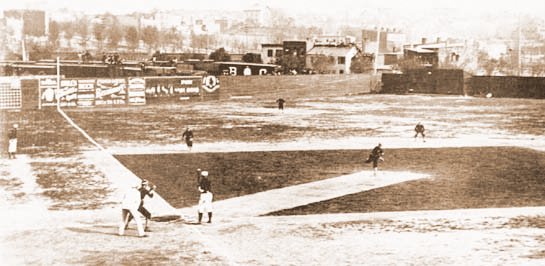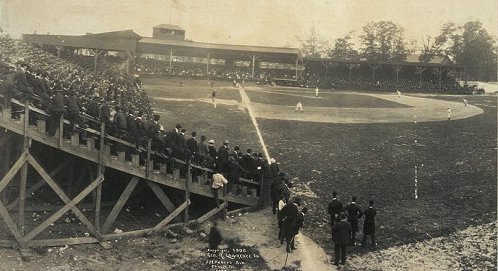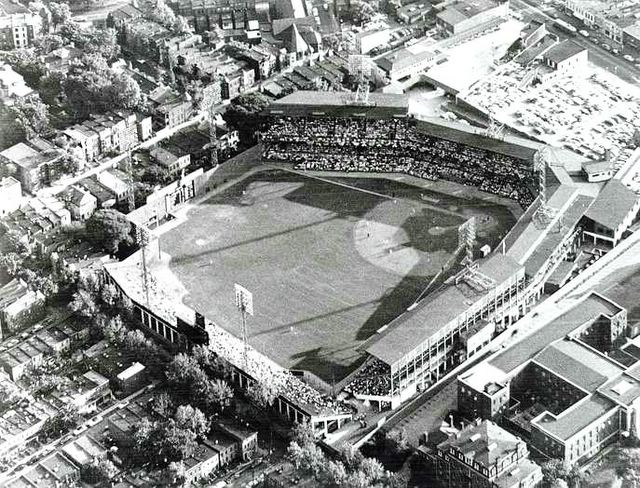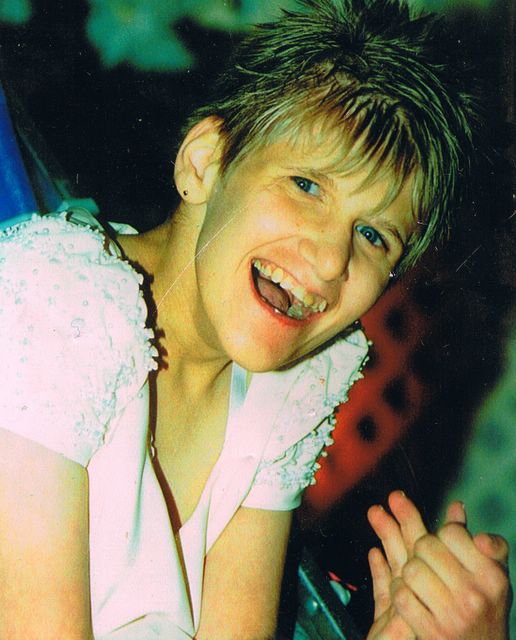This Is Why Fans Of .500 Teams Have Higher Life Insurance Costs
There is no law, no codiciles or agreements, arrangements or torts that indicate the kind of games to be won, and the kind of games to be lost. Well, that explains it. Or does it?
That explains how a team like the Nationals can vanquish future hall of famers from the mound one week and lose to the pitchers with the first AND second worst ERAs in the National League the next. It's downright nerve racking. All star regulars can't get the ball out of the infield but a recalled minor league whacks a homerun on the first at bat of the season. You never know what's going to happen.
The really good teams, they always beat the bad teams, and usually beat the good ones. You know that going in. The really bad teams always lose to the good teams and usually lose to the average ones. You know that going in too. But the average teams? They are quite capable of sweeping a first place team [The Nats swept the Diamondbacks in April] and being swept by a last place team.
There are two types of .500 teams, one going up, and the other going down. The one going up is usually full of young players, a few veterans, most with ability but have as of yet been given the opportunity to fulfill their talents. They are a player or two away from being a serious contender. The other .500 team is usually loaded with "has beens" or "never wasses," a bunch of guys that excelled as a platoon player or 4th outfielder who were now asked to produce beyond their ability.
I remember the Oakland A's of 1968. They finished the season with 82 wins, in essence a .500 team. Their roster was dotted with "up and comers" like Reggie Jackson, Sal Bando and Catfish Hunter. They had the talent; they lacked the experience. By the early 1970s, they were one of the two dominant teams in the American League. The New York Mets were a .500 team a few years ago as well. They were a team replete with overpaid veterans who no longer had the desire or the talent to contend for the pennant. Some nights, they looked like their old selves, and destroyed the opposition. Other nights, however, Mo Vaughn and crew could barely stand at the plate.
The Nationals are more like the A's than the Mets. Only two of their starters, Vinny Castilla and Jose Vidro, are over 30. None of the other starters have reached the pinnacle of their careers yet. They have a new owner coming, and a new stadium on the horizon. With a little luck and a little more money, the Nationals are in the position to be a dominant team in the National League for years to come.
Until then, we'll just have to watch guys with ERA's of 10.15 [Ted Lilly] and 7.35 [Eric Milton] make us look silly. The penance for what is to come, I hope.









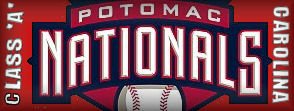

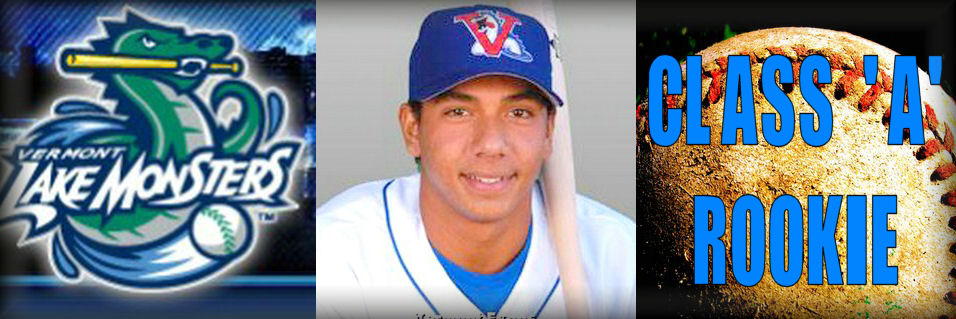











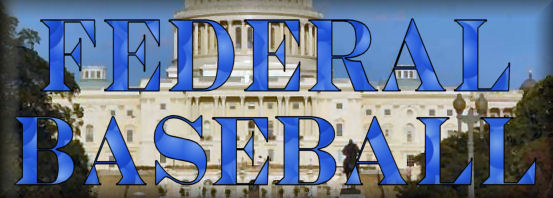



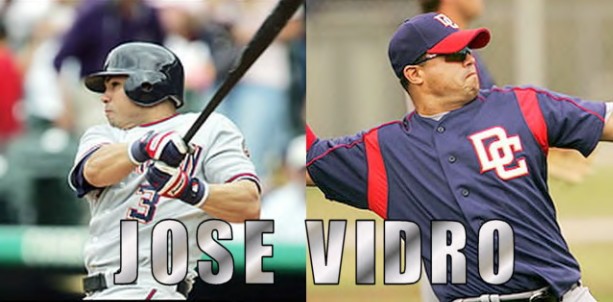




















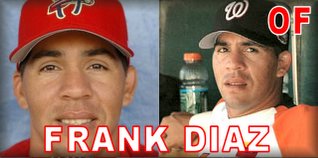

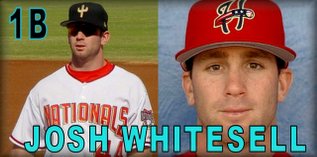
 3) 1926 (road) --- 4) 1936-'37, 1948-'51
3) 1926 (road) --- 4) 1936-'37, 1948-'51 3) 1968 - '71, and 2005 (home) --- 4) 2005 (road)
3) 1968 - '71, and 2005 (home) --- 4) 2005 (road) Buddy Meyer --- Walter Johnson
Buddy Meyer --- Walter Johnson Ed Yost --- Muddy Ruel
Ed Yost --- Muddy Ruel Roger Peckinpaugh --- Joe Cronin
Roger Peckinpaugh --- Joe Cronin Del Unser --- Darold Knowles
Del Unser --- Darold Knowles Ed Stroud - Mike Epstein
Ed Stroud - Mike Epstein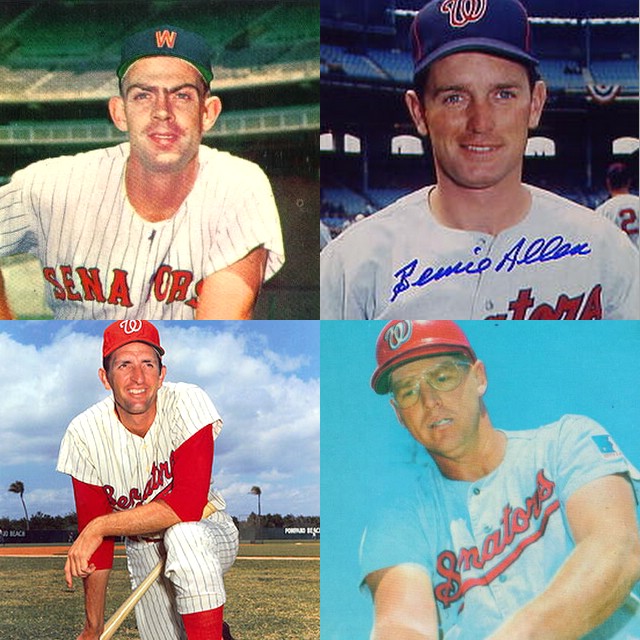 3)1968 -- 4)1969 - 1971
3)1968 -- 4)1969 - 1971